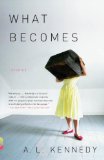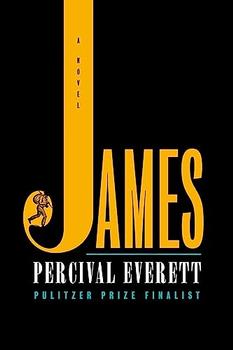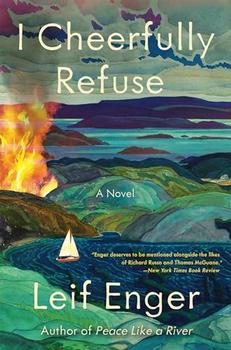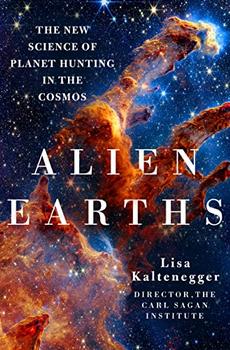Summary | Excerpt | Reviews | Beyond the Book | Read-Alikes | Genres & Themes | Author Bio

Critics' Opinion:
Readers' Opinion:
First Published:
Apr 2010, 224 pages
Paperback:
Apr 2011, 224 pages
 Book Reviewed by:
Book Reviewed by:
Marnie Colton
Buy This Book
This article relates to What Becomes
"My head will keep on racing throughout this, I have no doubt," declares the speaker at the beginning of "Saturday Teatime" as she embarks on her first experience in the device known as a flotation tank, sensory deprivation tank, or isolation tank. And as she predicts, her thoughts do indeed surge in multiple directions, dredging up painful memories as she lies in salted water within an encapsulated space that she compares to a cupboard. Sealed inside this womb-like, completely dark container, she tries to reassure herself that "this must seem only snug and homely, buoyant: no overtones of drowning, suggestions of creatures that rise from unlikely depths, hints of noise underneath the silence, eager."
 The neuropsychiatrist John C. Lilly created the first flotation tank in 1954 to test the hypothesis that the brain could not only function without external stimuli but would also enter a relaxed state conducive to meditation and enhanced creativity. After using the tank himself, he found this to be the case, but flotation only entered the public consciousness on a larger scale in the late 1970s, when two scientists expanded on Lilly's ideas to create Restricted Environmental Stimulation Therapy (REST). Such sessions in the tank usually last an hour, the last 20 minutes of which are marked by a shift in brainwave patterns. The beta waves that mark the typical waking mental state change to theta waves, indicative of deep relaxation. Many tank users find the experience extremely refreshing albeit initially frightening, and REST claims to treat many physiological and psychological conditions, including anxiety, depression, pain, insomnia, and even jet lag.
The neuropsychiatrist John C. Lilly created the first flotation tank in 1954 to test the hypothesis that the brain could not only function without external stimuli but would also enter a relaxed state conducive to meditation and enhanced creativity. After using the tank himself, he found this to be the case, but flotation only entered the public consciousness on a larger scale in the late 1970s, when two scientists expanded on Lilly's ideas to create Restricted Environmental Stimulation Therapy (REST). Such sessions in the tank usually last an hour, the last 20 minutes of which are marked by a shift in brainwave patterns. The beta waves that mark the typical waking mental state change to theta waves, indicative of deep relaxation. Many tank users find the experience extremely refreshing albeit initially frightening, and REST claims to treat many physiological and psychological conditions, including anxiety, depression, pain, insomnia, and even jet lag.
Flotation tanks perhaps enjoyed their biggest boost with the 1980 release of the film "Altered States," based on a novel by Paddy Chayevsky. Starring William Hurt as a zealous psychological researcher, the film opens with a shot of Hurt floating in a tank, electrodes attached to his head. In one particularly dramatic scene, he regresses to a primitive state after ingesting hallucinogenic substances in the tank, then breaks out of the lab to feast on a sheep in a nearby zoo. Although this scene is clearly science-fiction, it is based on a real experience that Lilly had while floating, when one of his colleagues outside the tank began having an intense drug reaction and commenced screaming and jumping up and down. When Lilly later asked him what had happened, the scientist replied that he had "become" a pre-hominid man trapped in a tree by a leopard!
The flotation tank is very much a product of its time: in the 1950s and '60s, scientists increasingly began exploring altered states of consciousness, often by implementing the hallucinogens that were still legal in the United States (LSD and psilocybin were outlawed in 1968, mescaline in 1970). Lilly himself claimed to have had powerful, life-altering experiences while taking LSD in the tank. However, flotation therapy today has repositioned itself as an "alternative" practice most commonly found in spas rather than in murky laboratory basements. While some people become claustrophobic in the tank, many relish the opportunity to block the constant flow of external stimuli that bombards them and to enjoy their own altered state, floating as weightlessly as an astronaut in space.
Filed under Medicine, Science and Tech
![]() This "beyond the book article" relates to What Becomes. It originally ran in April 2010 and has been updated for the
April 2011 paperback edition.
Go to magazine.
This "beyond the book article" relates to What Becomes. It originally ran in April 2010 and has been updated for the
April 2011 paperback edition.
Go to magazine.




A library is a temple unabridged with priceless treasure...
Click Here to find out who said this, as well as discovering other famous literary quotes!
Your guide toexceptional books
BookBrowse seeks out and recommends the best in contemporary fiction and nonfiction—books that not only engage and entertain but also deepen our understanding of ourselves and the world around us.